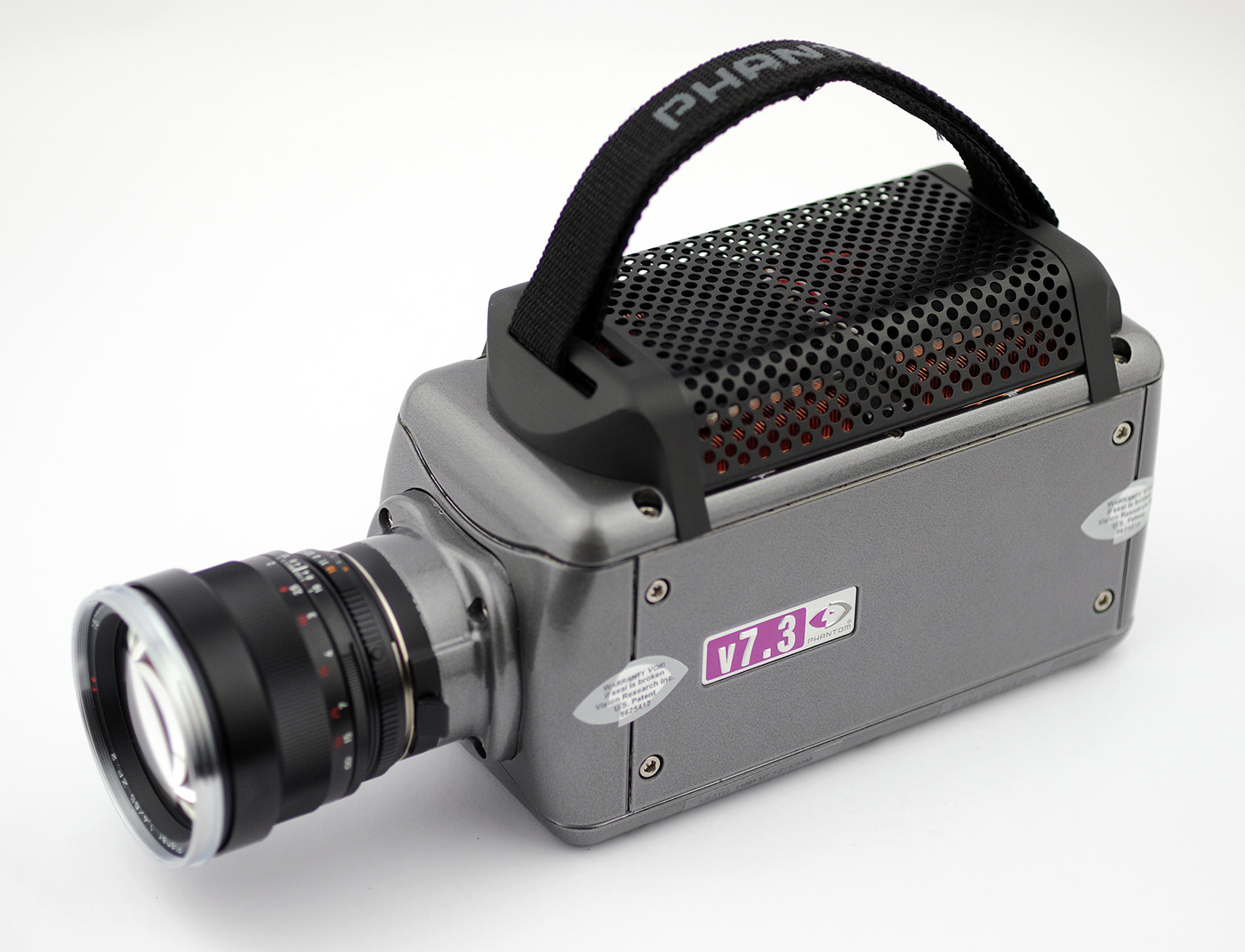Imaging

Imaging diagnostics will be utilized to monitor the dynamic behavior of the adaptive plasma system including, entire system and selected species. For the latter, fitting the camera with a narrow bandpass optical filter allows monitoring the spatial and temporal evolution of certain atomic molecular and atomic species. In addition to being a standalone technique, the cameras also serve as complimentary sensors for other diagnostic approaches, such as optical emission spectroscopy (OES). The following imaging tools are available at PPPL for the proposed research: Intensified CCD (iCCD) PI-Max 3 and Andor iStar camera capable of working with short exposure on nanosecond timescale. We will use these imaging tools to capture the short-lived processes in plasma and excitation and de-excitation processes in laser experiments. Atmospheric pressure plasma interacting with liquids or biological tissues constitutes a very collisional environment, where collisional quenching (de-excitation) of the excited levels is very dominant, so the effective lifetimes of the electronic levels become short, on nanosecond or sub-nanosecond timescale. Therefore capturing the emission from the de-excitation events requires imaging with short exposure. These properties are particularly important for monitoring RONS in plasma jets and DBD discharges. For imaging and registering at short timescales we will use the LaVision PicoStar Camera, capable of operation at 10 kHz and exposure of 80 ps.
For tracking bulk movement of plasma, oscillations and striations formation in the plasmas, especially the non-repetitive behavior, we will use a fast-framing Phantom V7.3 camera, capable of operating at 500k frames per second rate, with minimal exposure of 1 μs. These parameters of cameraI are fully controllable externally through digital delay/pulse generator (BNC 575). Available set of lens (including Nikon Nikkor 70-300mm f/4-5.6G AF) allows adjustment of the spatial resolution of FFI diagnostics in wide range.